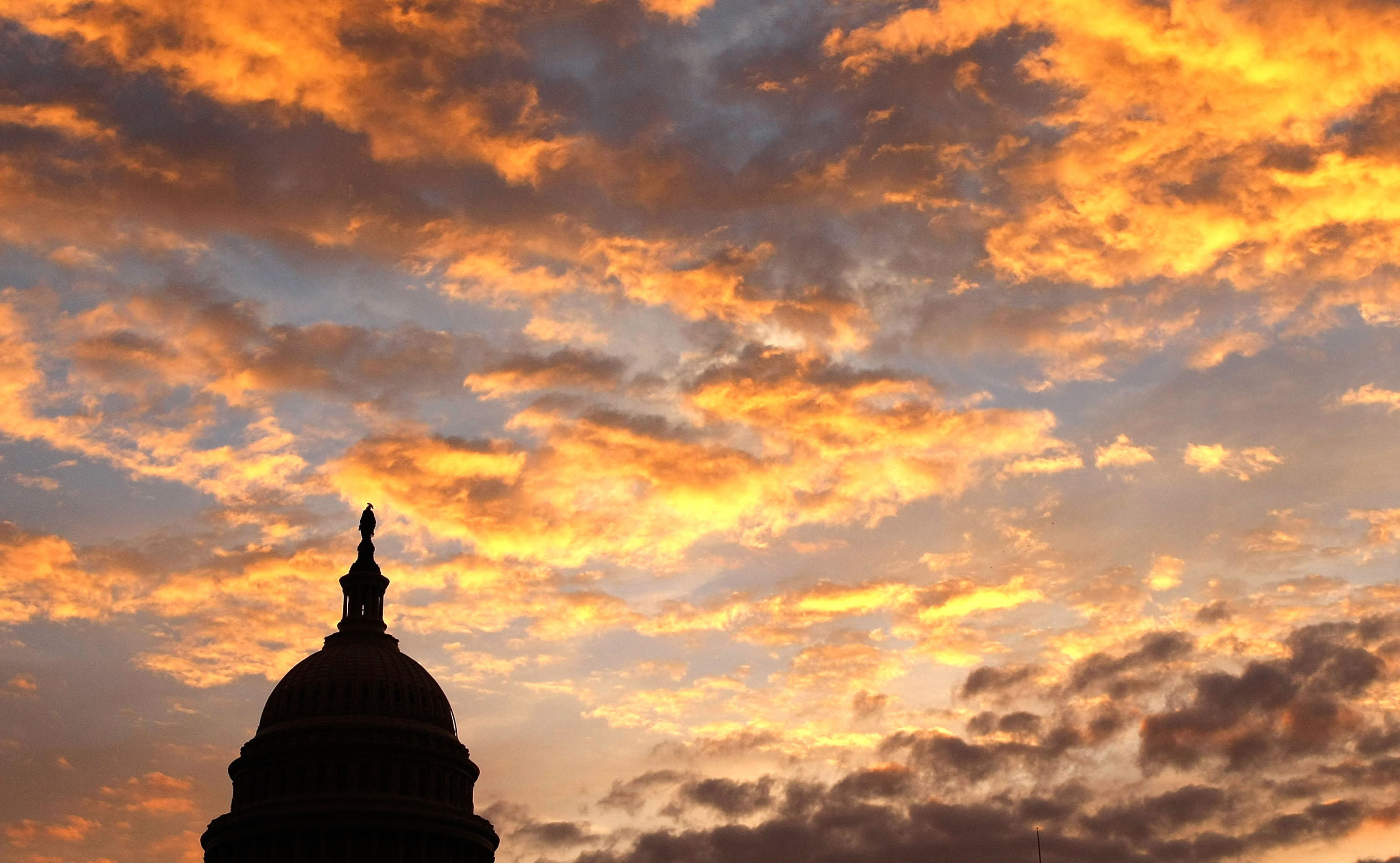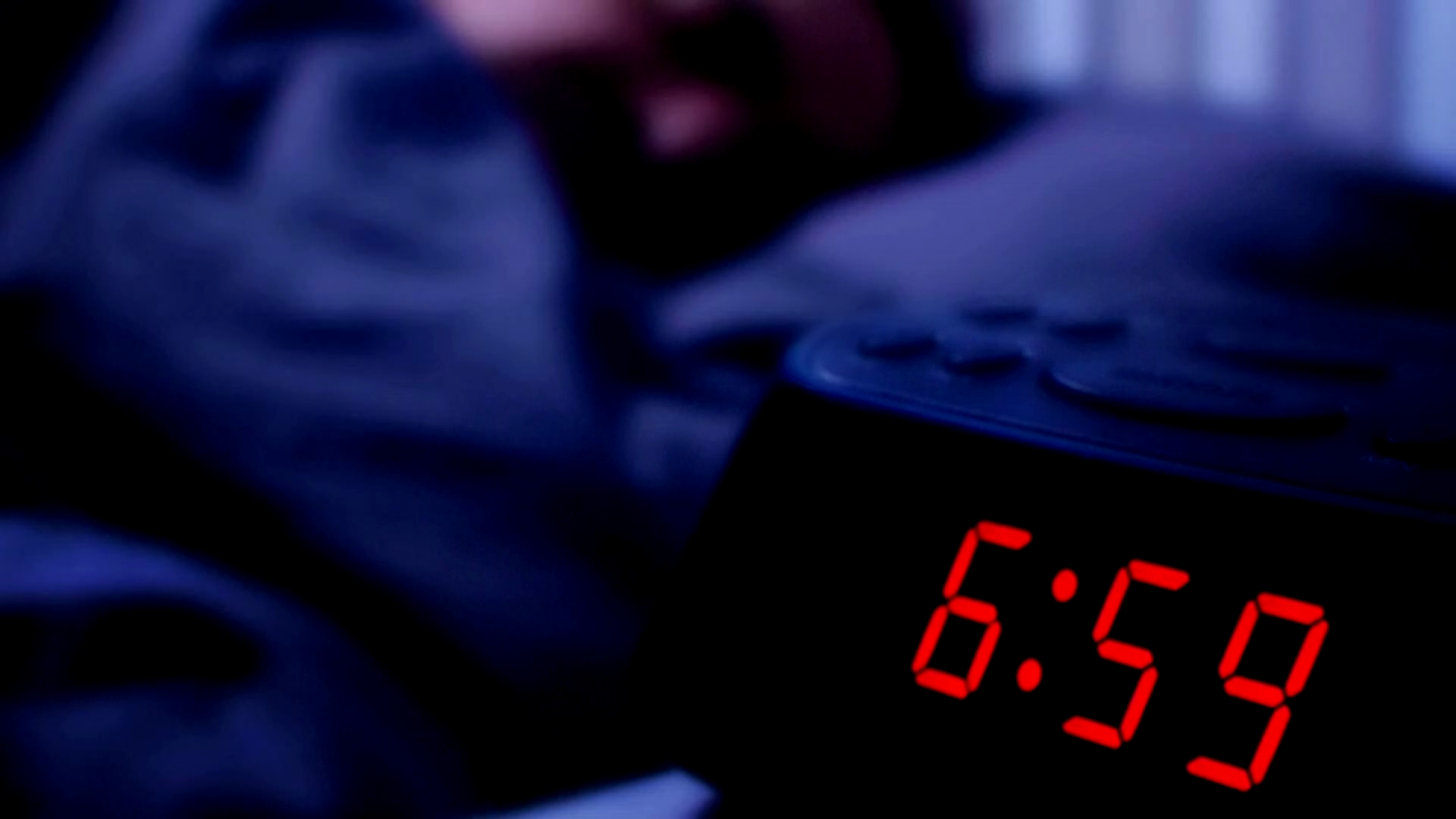We can all agree that it would be a good thing to eliminate the harmful side-effects of moving the clock back and forth twice a year.
Each March, we see an increase in traffic accidents, workplace injuries and even an increase in heart attacks all linked to us "springing forward" and losing an hour of sleep. Those factors and more led to the U.S. Senate approving legislation on Tuesday that would make Daylight Saving Time permanent.
But there is a downside — or a dark side — to staying in Daylight Saving Time year-round.
Here's what to know:
Get New England news, weather forecasts and entertainment stories to your inbox. Sign up for NECN newsletters.
When Is Daylight Saving Time?
Daylight Saving Time is defined as a period between spring and fall when clocks in most parts of the country are set one hour ahead of standard time. Americans last changed their clocks on Sunday. Standard time lasts for roughly four months in most of the country.
How Would Permanent Daylight Saving Time Work?
The bipartisan bill, named the Sunshine Protection Act, would ensure Americans would no longer have to change their clocks twice a year. The move would essentially eliminate standard time, which is what many states switch to during winter months.
In the United States, daylight saving time lasts for a total of 34 weeks, running from early-to-mid March to the beginning of November in those states that observe it. Under the bill, daylight saving time would no longer end in November.
How Would the Change Impact Sunrises and Sunsets in Massachusetts?
Massachusetts residents are used to the sun going down shortly after 4 p.m. in the month of December, but that would of course change with permanent Daylight Saving Time,
Here are some of the new super-late sunrise times that we would see if the new bill becomes law:
BOSTON LATER SUNRISE TIMES:
Thanksgiving — 7:44 a.m.
Christmas Morning — 8:11 a.m.
Valentine's Day — 7:42 a.m.
Our new latest sunrise would be 8:13 a.m., which would occur from Dec. 30-Jan. 8. If you think that's late, Minot North Dakota would have sunrise at 9:35 a.m.!
The flipside is that we would never have those depressing 4:30 p.m. sunsets anymore. In fact, our new earliest sunset would be 5:11 p.m. which would occur from Dec. 4-Dec. 13.
The bottom line: Because of our northern latitude, there will be a lot of darkness during the winter no matter what. If we stay on DST, it will mean kids will be waiting for the school bus in the dark even after 8 a.m., but it will also mean it won't be pitch black at 5 p.m. when many people are leaving work to go home.
*Note: All times listed here are accurate for the winter of 2023 and 2024, the first season that the new times would be in effect.
When Would the Change Take Effect?
According to the text of the bill, Massachusetts residents would still need to change their clocks at least two more times. The new time wouldn’t go into full effect until 2023, with clocks not rolling back after springing ahead for daylight saving time in March of next year.
After that March 2023 spring forward, no more time changes would take place in most of the United States.
Why Make the Change?
According to Reuters, at least 30 states have introduced legislation to end the practice of changing times each year, and Rep. Frank Pallone cited a study that suggested 71% of Americans are in favor of ending the time change each year.
Supporters of the bill, including co-sponsor Sen. Marco Rubio, said that giving children an additional hour of sunlight after school will allow for safer trips home, more time spent outdoors and other health benefits. He also argued that there would be economic benefits to such a change.
Members of Congress have long been interested in the potential benefits and costs of daylight saving time since it was first adopted as a wartime measure in 1942. The proposal will now go to the House, where the Energy and Commerce Committee had a hearing to discuss possible legislation last week.
Pallone, the chairman of the committee, agreed in his opening statement at the hearing that it is “time we stop changing our clocks.” But he said he was undecided about whether daylight saving time or standard time is the way to go.
The American Academy of Sleep Medicine has been for years been calling for a permanent switch to standard time, saying "there is ample evidence of the negative, short-term consequences of seasonal time changes."
The AASM cautioned that "making daylight saving time permanent overlooks potential health risks that can be avoided by establishing permanent standard time instead."
"Current evidence best supports the adoption of year-round standard time, which aligns best with human circadian biology and provides distinct benefits for public health and safety," the group said in a statement.
But the Department of Transportation says daylight saving time has a number of benefits. The DOT's website highlights the following:
- It saves energy. During daylight saving time, the sun sets one hour later in the evenings, so the need to use electricity for household lighting and appliances is reduced. People tend to spend more time outside in the evenings during daylight saving time, which reduces the need to use electricity in the home. Also, because the sunrise is very early in the morning during the summer months, most people will awake after the sun has already risen, which means they turn on fewer lights in their homes.
- It saves lives and prevents traffic injuries. During daylight saving time, more people travel to and from school and work and complete errands during the daylight.
- It reduces crime. During daylight saving time, more people are out conducting their affairs during the daylight rather than at night, when more crime occurs.




